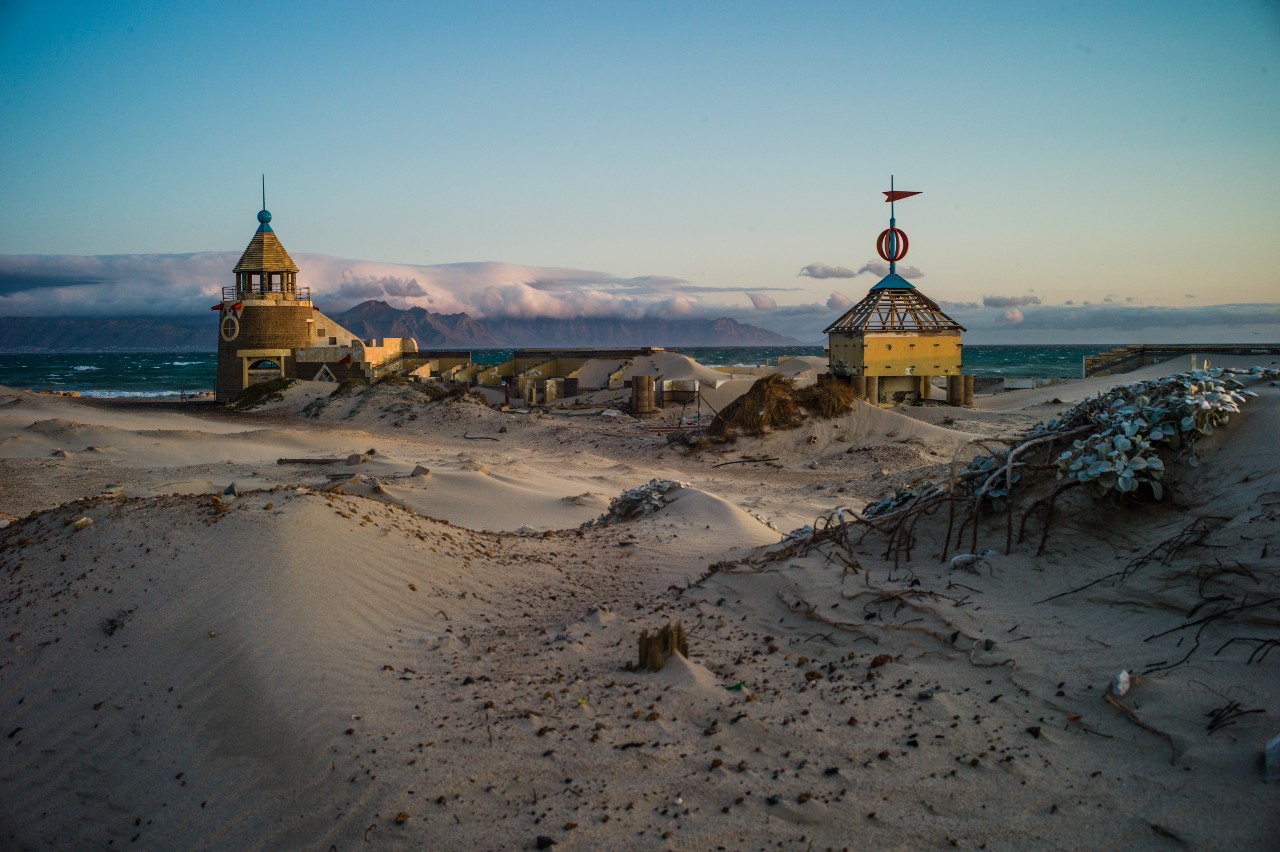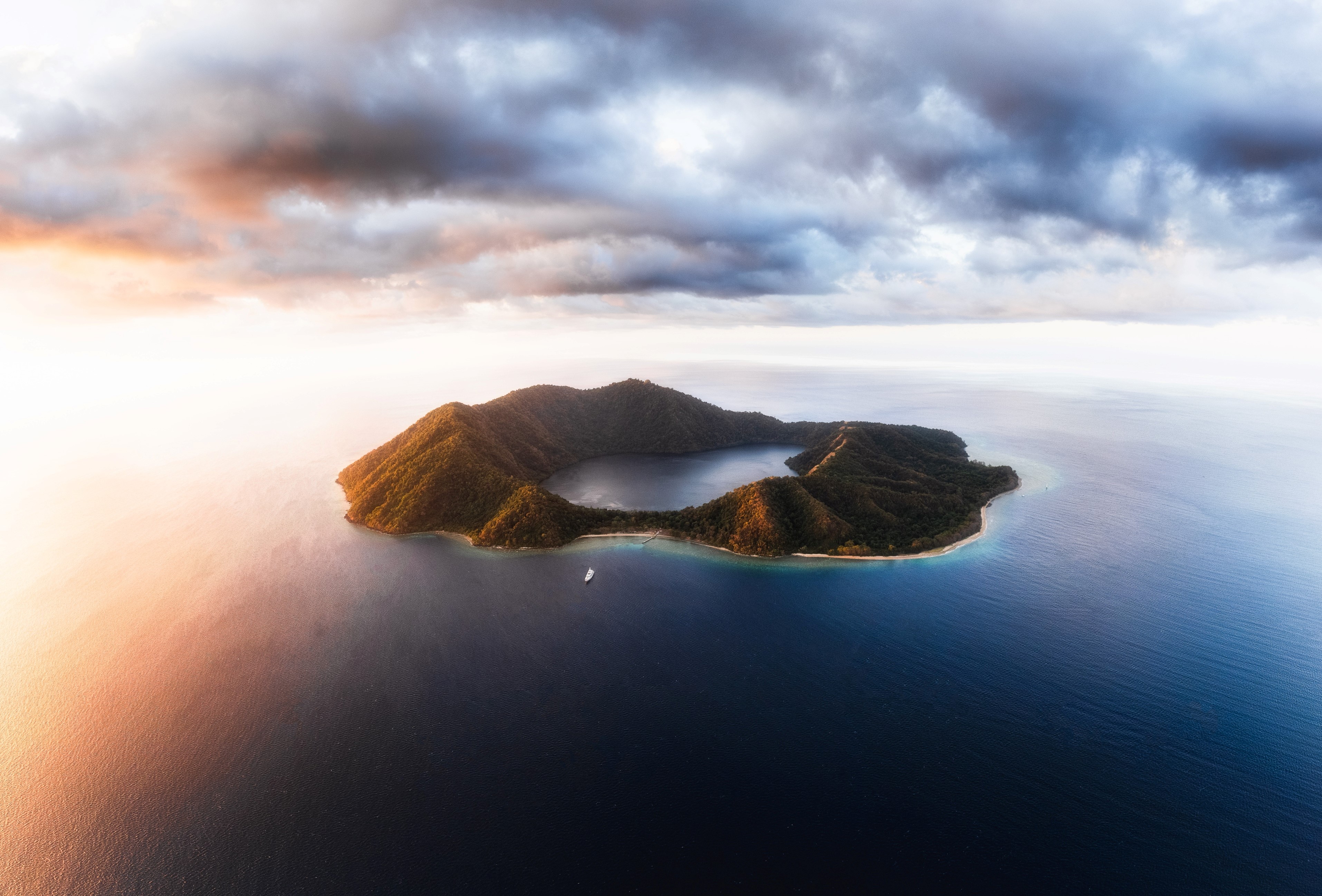Obie Oberholzer is a distinguished figure in the world of travel photography, renowned for his ability to capture the essence of a landscape and the soul of a moment. With a career spanning several decades, Oberholzer has journeyed through diverse terrains and cultures, weaving stories through his lens that resonate with a sense of adventure and authenticity. His work is not just a collection of images but a vivid tapestry of experiences, each frame telling its own unique story. In this exploration, we delve into the life and art of Obie Oberholzer, a photographer whose work transcends mere visuals to become narratives of the world.
What first drew you to photography?
You’re talking to someone who’s been into photography for almost 50 years. Since I was a young boy, I always liked to draw and sketch. I went to Stellenbosch University to study art. However, I preferred taking pictures over drawing. In those years, you couldn’t further your studies in photography in South Africa. In the 1970s, I decided to study photography at the Bavarian State Institute of Photography in Germany. This would be the start of my lifelong journey in photography.
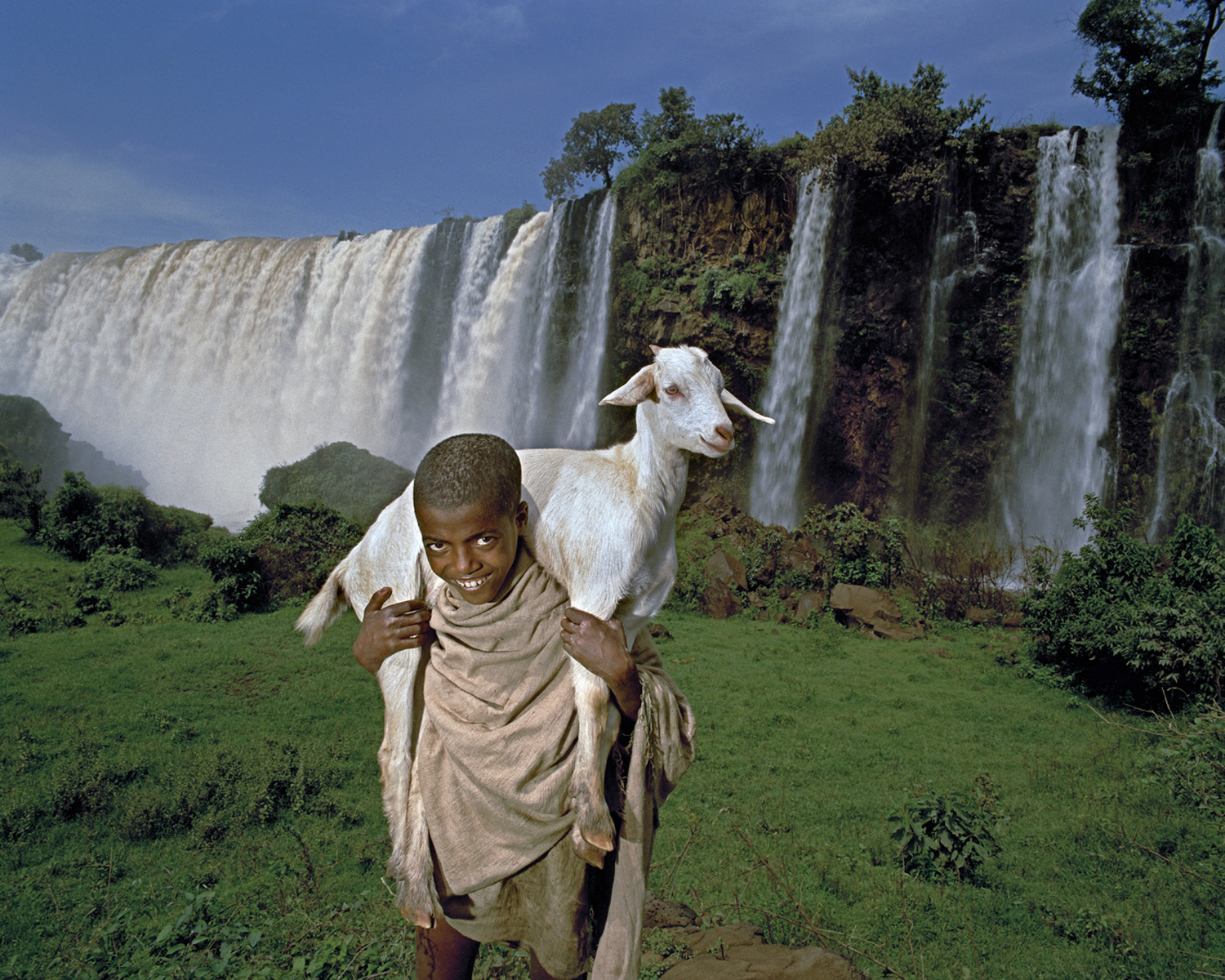
What is it about photography that you love so much?
It’s always been a general challenge for me to depict the world in a picture form or in a two-dimensional form. You can’t photograph the world in its entirety. You have to simplify it, abstract it, and make it smaller for your pictures to show what you’re looking at. That’s always been one of my first big concerns. As you go through life and get older, you learn a lot more about photographing the world by using various techniques, different lenses, and different perspectives. It’s all down to sharing the world. If I asked you to photograph the Grand Canyon, the Fish River Canyon, or the Himalayas, you can’t photograph them in their entirety. You can only photograph certain aspects or sections to isolate what you’re trying to say. That’s my biggest challenge. Now that I’ve gotten older and gained more experience, through the years of looking, you can make up things. Sometimes, I go to a place, and somebody says there’s nothing there. My idea or challenge is to make something out of nothing. It’s all to do with seeing and looking and finding. Finding the strange and looking at things differently.
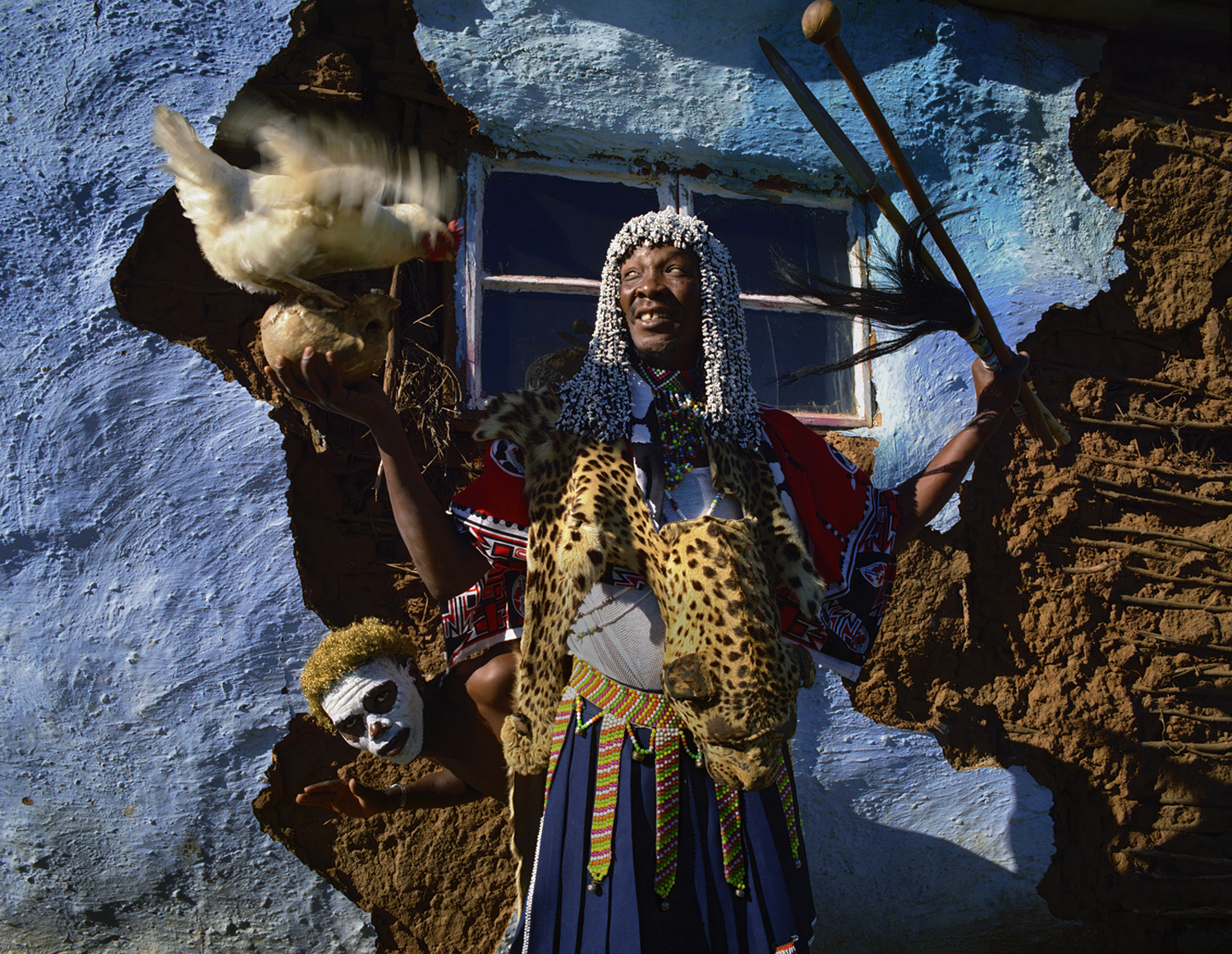
Your photography career started in the 70s. Has it been an active pursuit, or has it been more on and off?
When I completed my studies in Europe and returned home, I was very lucky because, at the time, the first photographic course in South Africa was launched at the Natal Technikon in Durban. We started the first diploma course in photography in 1975, and I stayed at the technikon till I got a post at Rhodes University. I lectured at the university for about 18 years. I loved teaching, I loved the students, and I loved the challenge of teaching, which indeed it is. Due to the many school holidays, I had many opportunities to travel and work on my books, and articles. In 2002, I said well, that’s enough of young people, I’m going to retire. When I retired, I started to work even more because I didn’t have classes or students to tend to. So I just took cameras and bakkies, and I travelled. That’s how things went from the 1970s.
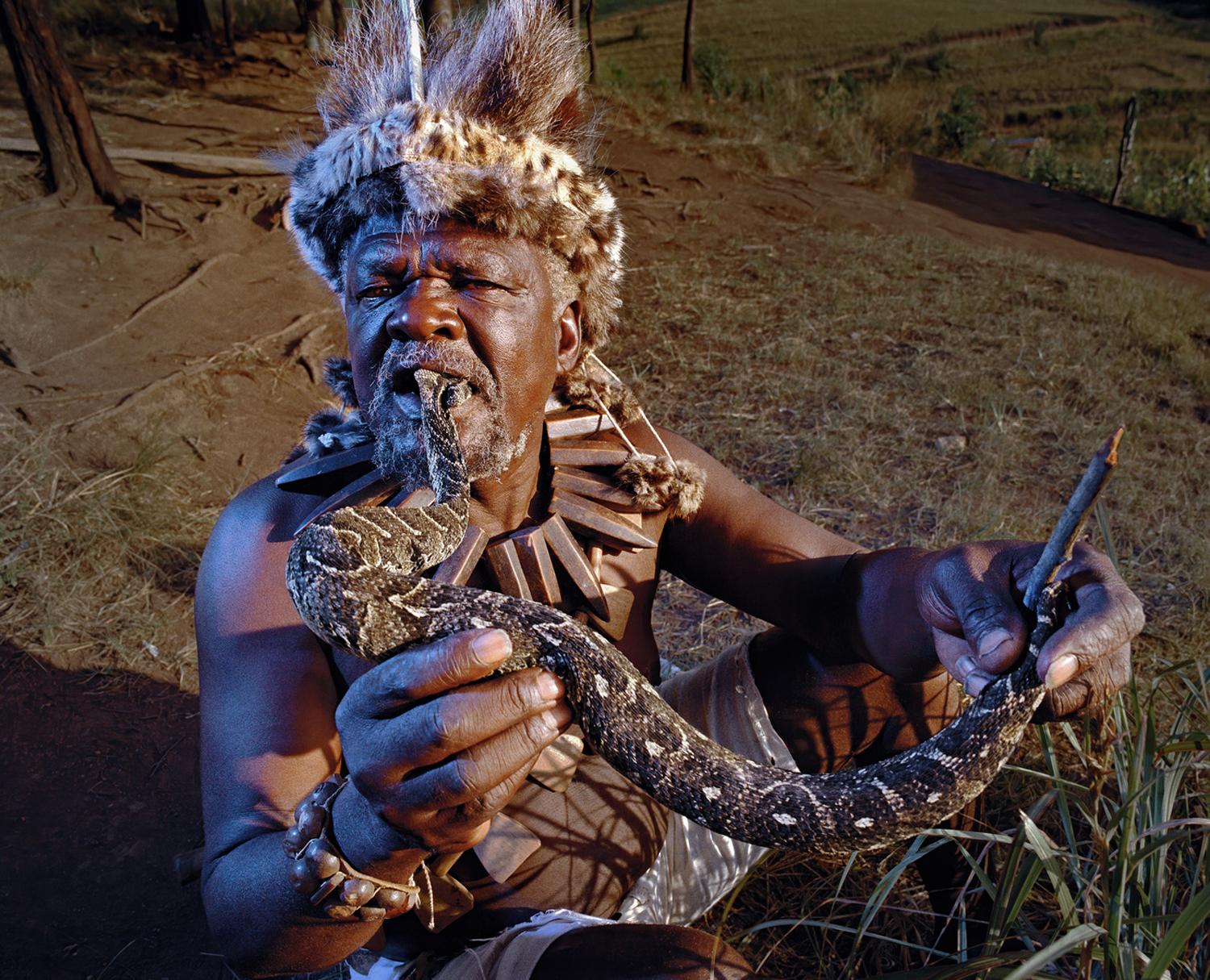
How much would you say your photographic practice has changed over the years?
Well, that’s a good question. When I started my photographic practice, it was quite basic. It was obviously all analogue, film, and doing my own processing and stuff. I started my colour photography in plastic trays, in the complete dark. It’s come a long way from there. I was a great advocate for analogue photography, obviously in black and white and then later in colour, where I changed formats from 35mm to a larger 6×7 roll film format, which brings its own challenges. In a 120-roll film, you only have ten exposures, whereas in 35mm, you can have 36 exposures. So the whole technique changed. As my format got bigger, I had to be more precise and accurate. I couldn’t just fire away. In 2018, on my 60th birthday, all my friends got together and said, “It’s time”. And I said, “Time for what?” All my friends saved up to buy me a set of digital Canon bodies and two or three lenses, and from that day, I left analogue behind and went digital. I still have a whole big box of 6×7 equipment. But what’s important, I think, is that I never changed my style. I was always quite particular with what I photographed. It’s so easy for today’s modern photographer, where you just fire away. I never do that. I still try and get the picture in 1 to 3 frames instead of just shooting away.
Are you still actively practicing photography?
Ja, I mean, I’ve compiled 15 books over the years. So yes, very much so. My latest book is “Happy Sad Land” and it’s full of colour. I’m currently working on a new one, which will be published by a Dutch publisher in The Netherlands. It focuses on 9 South African dorpies with Dutch names and their mother cities in the Netherlands. So it’s quite a nice contrast between the South African dorpies and the Dutch cities. That will come out later in the year, I hope. So yes, I’ve never been as active as now, at my age. So yeah, things are good.
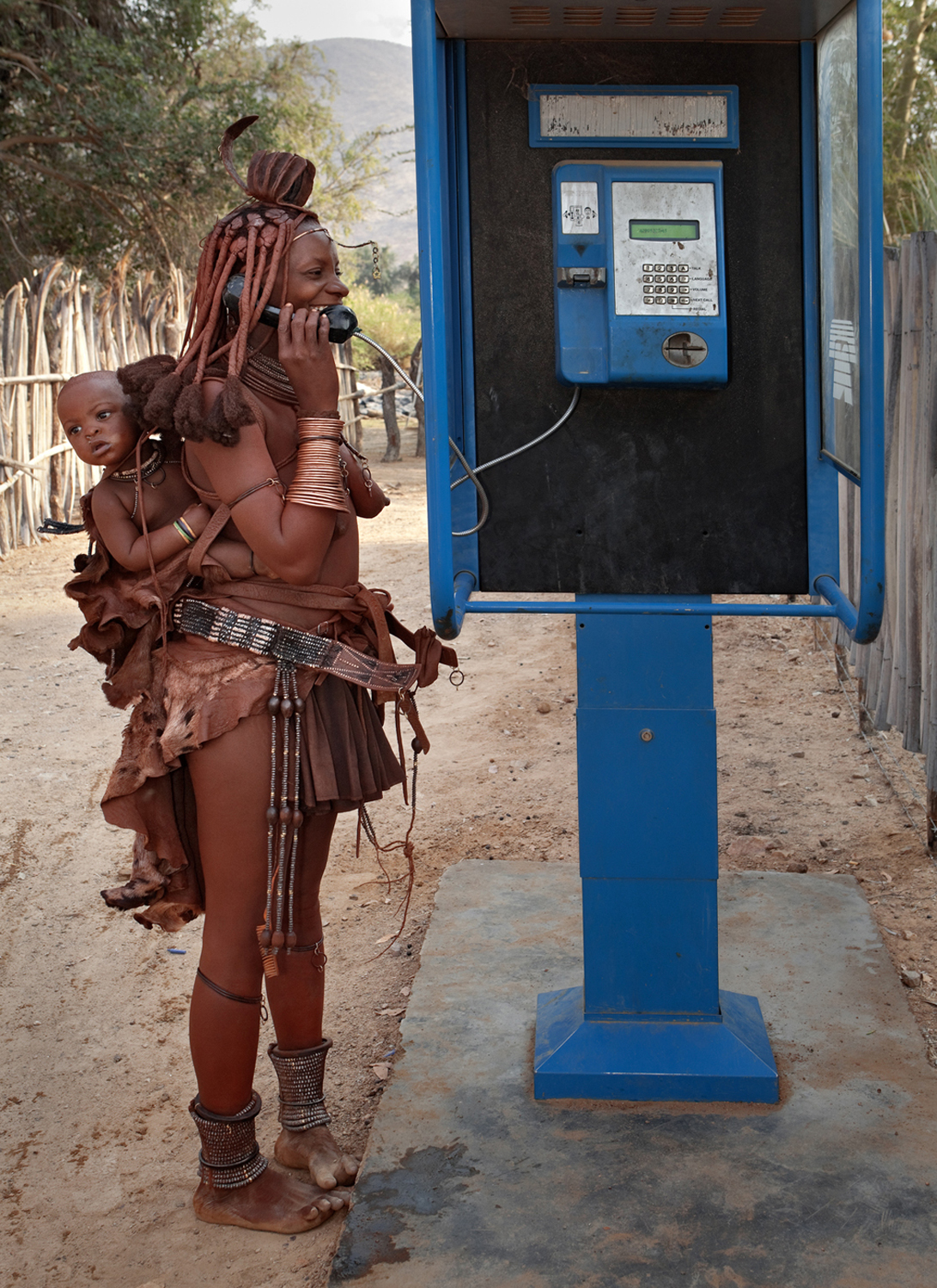
You say that you’ve predominantly focused on landscape and travel photography. What is it about those specific genres that you find so attractive?
Let’s put it this way, I never really went into the commercial side. I never went into wedding photography or food photography. For me, it was always connected to travel. So I don’t say that I specialise in landscapes or whatever, but anything that interests me and I’m able to create a strong image out of it, be it a portrait of a beautiful landscape or a still life or a close-up, it doesn’t matter. I am not judgemental about what I shoot. All my books are about journeys of discovery. I love going to places that are not so well known, and I try to create something there, and try and make something out of nothing.
When composing a photograph, what are the essential elements or aspects you focus on to ensure the resulting image is impactful?
(Laughs) You can write a book about that one. For me, there are no rules. For me, if I see something worth photographing, like a portrait of someone, I won’t photograph a subject that’s not interesting. I look at what the subject and their surroundings are communicating. I always concentrate on situations, ambiance, where is he or she standing or sitting, and the lighting source. It’s a combination of things if it’s a portrait. In landscapes, you know, landscapes are basically to do with lines and shapes. So I work a lot on planes and lines and forms. If I come across a landscape I’d like to photograph, I’ve got a little computer in my head. I can see the final picture in my head, almost like a little computer. I know through experience how to photograph it, where to go, and what to do to create this image that I can see in my head. It’s a difficult question to answer in a short time, but that’s basically the rules I work with. What generally can be said is that when I stop for a picture, I know I can make it good. I don’t do shots where I’m hoping it will be okay or wonder if I should try this one. I always told my students, if you look at your picture and you say if, maybe, perhaps, could’ve, should’ve, if you’re looking at your picture saying I should’ve been lower, I could’ve used this lighting, then the picture is not so good. So try and cut those words out, and you’re almost there.

During your global photographic travels, is there a particular destination, landscape, or geographical spot that stands out as especially memorable, or perhaps a place you would consider revisiting?
(Laughs) I get asked that quite often. I’ve been to many places, sure, but you know what’s interesting? As a photographer, I have to believe in what I do. I have to kind of love each place I visit. Be it the little town of Luderitz in the Namib desert or Phnom Penn in Cambodia. I can tell you this is a nice place, and that is a nice place, but it’s got nothing to do with that. You might find it so painful to be there, but in your head, you have to believe that you can make this place pictorially interesting. It might be a shit little place, it might be a little town in the middle of nowhere, but you know photography can lean into that by using lighting. When I shoot late at night or at Twilight I use torches. And I’ve got all these little tricks that I use just for lighting. I can tell you this place is a loss, but it’s not about that. It’s about believing in yourself and making other people interested in your images.

What camera do you shoot with?
When I worked in film or analogue, I used a 6×7 Pentax, but now I use Canon all the time. I have two Canon 5D Mark IVs. One is actually sponsored by Canon because they thought I was okay for something like that. I use three lenses, nothing more because what I do find by talking to photographers or the discussions I have with photographic clubs is that so many young photographers or photographers, in general, stall themselves in obsessing over technique or lenses. There’s so much equipment out there. I’ve got what I could afford or was given, and I use that. I never think about using a particular lens or some new technique because I’ve developed my own technique. I’ve built it through years of experience. But what’s very interesting is that I once was at an art festival in France and I met Don McCullin, he’s one of the world’s most famous war photographers. Don McCullin has been to every bloody war in the last 50 years. He’s one of the best photographers under warfare conditions. Now, I always always found him quite remarkable. One day, he was at this festival, and I managed to speak to him for a bit. We had a glass of wine together, and I said, “Give me a one-liner for my students back home”. He looked at me and said, “Okay, one line”. This is to illustrate what I’ve been saying about knowing your technique. He said, “Tell them I use my camera like a toothbrush. It does the job”. In other words, when you’re brushing your teeth, do you think about brushing your teeth? No. That’s what I believe in technique. You should know it so well. You must have a system. You must not falter or trip over technical aspects because what you’re trying to do is take a picture, not trip on this F stop, the aperture, and shit like that.
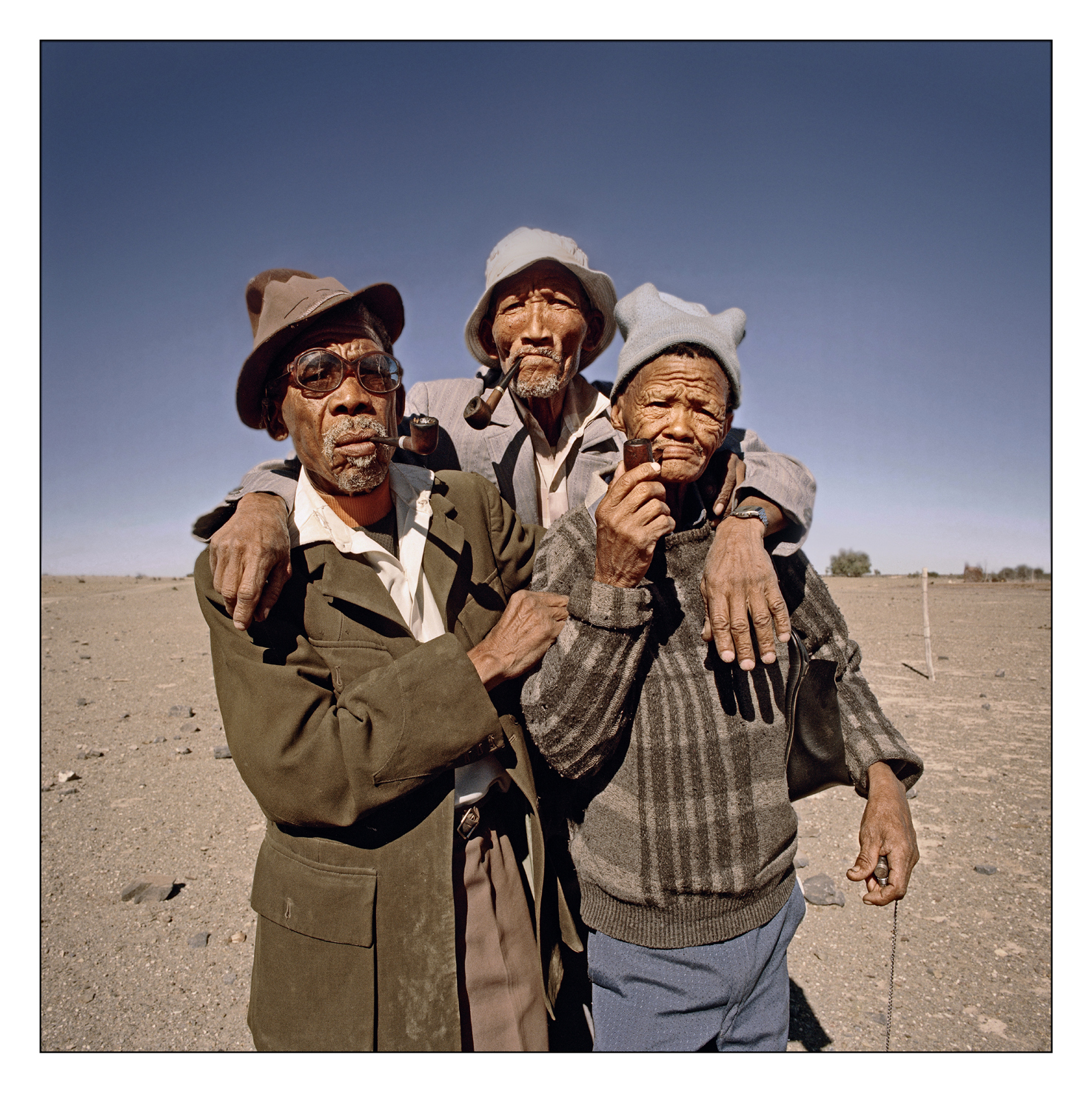
Okay. I know you said you should have a technique, but what are some of your favourite lenses to use?
I’ve got a collection of some of the best Canon lenses, including the 18 to 40 Zoom, a 24 to 100, a slightly less wide-angle lens, and a 100 to 300 lens. So I’ve got three lenses, and that’s it. The biggest problem I’ve encountered on my photo journeys around this country is dust. When you start changing lenses in these dusty environments, you create a problem with the dust clouding your camera sensor, and you have to spot them out afterward. It takes hours. So what I’ve been doing for the last ten years to prevent dust from coming onto my sensor is taping my lenses to different camera bodies, thus creating units. I can’t remove the lens at all. This stops all the dust coming in. That is a small little tip. So it’s a 17 to 40, and then a 24 to 100, and 100 to 300. So that’s it. I always use tripods. I think Manfrotto is one of the best tripods. But what I do a lot during Twilight is I use powerful torches. I use these torches for light painting. These torches are extremely powerful, and when I’m light painting, I manipulate the time exposure to about 30 seconds. When the light is just enough to give me 30 seconds at F16 or something, and then I fill in the scene off camera with these torches just to add a bit of ambient light, to add a bit of atmosphere, call it what you want. I use that quite often. When I do the portraits, I use a little softbox off-camera, which I think I even bought at Orms, a little softbox. I never use a flash on the camera. I always use it off the camera with a little sensor. And that keeps it simple. Do you know what the word KISS means? Not what you do with your boyfriend, but K.I.S.S. Keep It Straight and Simple. That’s one of the rules that I follow.
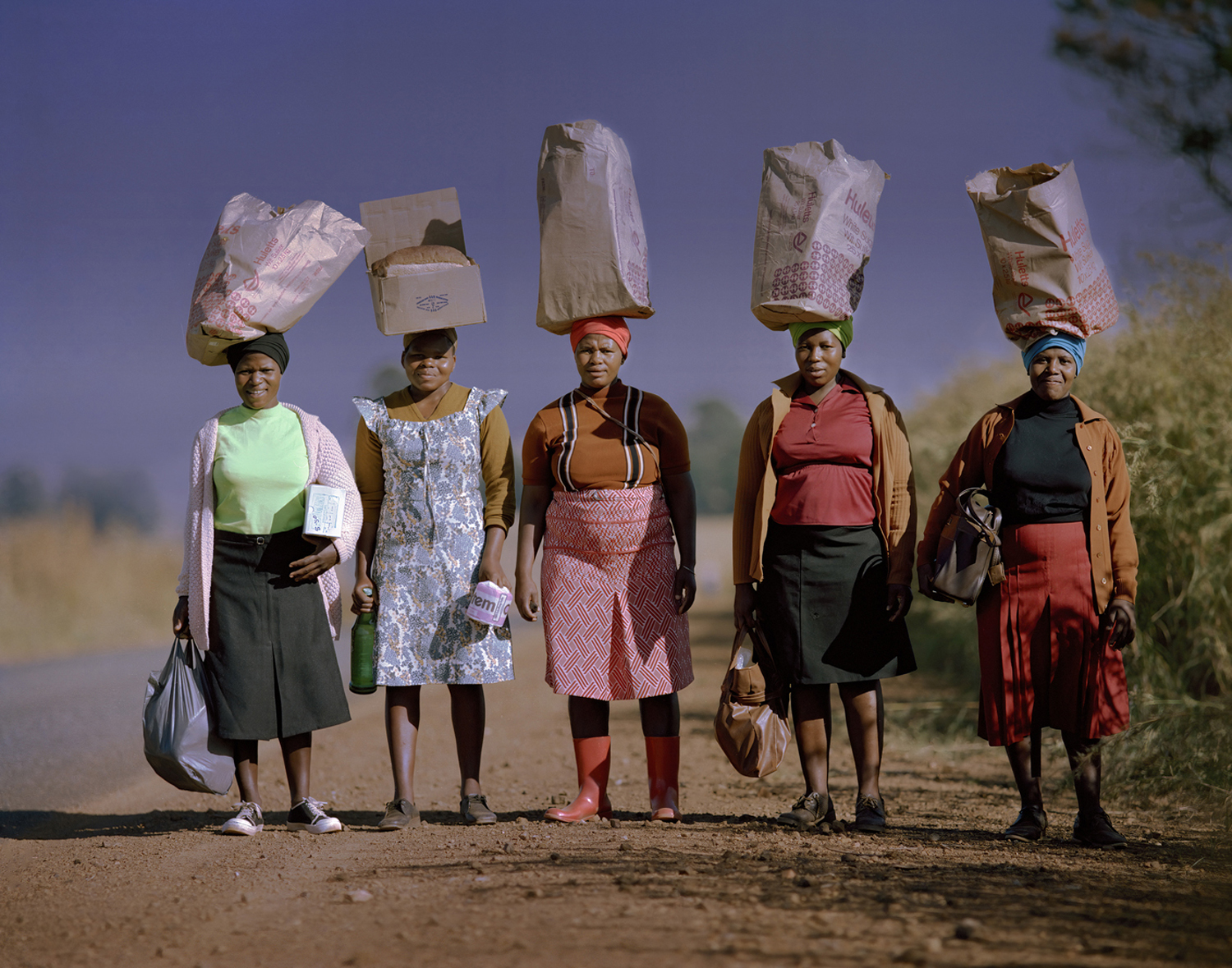
What are some of your career highlights after 7 decades in the industry?
I think each time I published a book was maybe a highlight. But the highlights for me are coming back after having worked so hard on an assignment in a certain place, be it Cuba or Romania or whatever, and then almost reliving that journey on my screen after I’ve done all the editing. So that’s the highlight. So many photographers say their highlights are winning prizes for their work, blah, blah, blah. I never won one prize in my life. But it doesn’t really worry me. I think there are a few South African photographers who can say they’ve published 15 books. So that would be a highlight, just the mere satisfaction of knowing that you captured something special and sharing that with people. All those little factors would be a highlight.

What advice would you give aspiring photographers, knowing all that you know and everything that you’ve learned?
Hah. I knew that was coming. I’ve given so much advice in my time, but the one piece of advice I always give is to keep looking. So many people walk through life, they see this and that, but they don’t really look at shapes and situations. You need to try and find your way of looking. It’s all about seeing things differently. The thing is to hone in on something that you are comfortable with, something you can understand. Maybe the most important thing is the total enthusiasm for what you’re doing. If you decide to stick to this game called photography, it must be a day-and-night thing. You can walk around the block, and you’ll always see something. I still walk around the block, walk down to the beach where I live, and walk around the block for ten blocks. I’m always conjuring up things and thinking up images, even if I don’t have a camera. It’s so ingrained in me that I would suddenly see, “Ah, if I move to the right and I go lower, that tree is nice against the green grass or the yellow leaves lying on the grass. Now if looked down on the leaves, there’s something. If I move a couple of leaves and there’s a downward shot or if I go close-up, there’s another shot.” So you don’t always have to run for your camera. But you have cameras in your head, and you see. We look through our eyes, but we see with our heads. So that’s my point.



